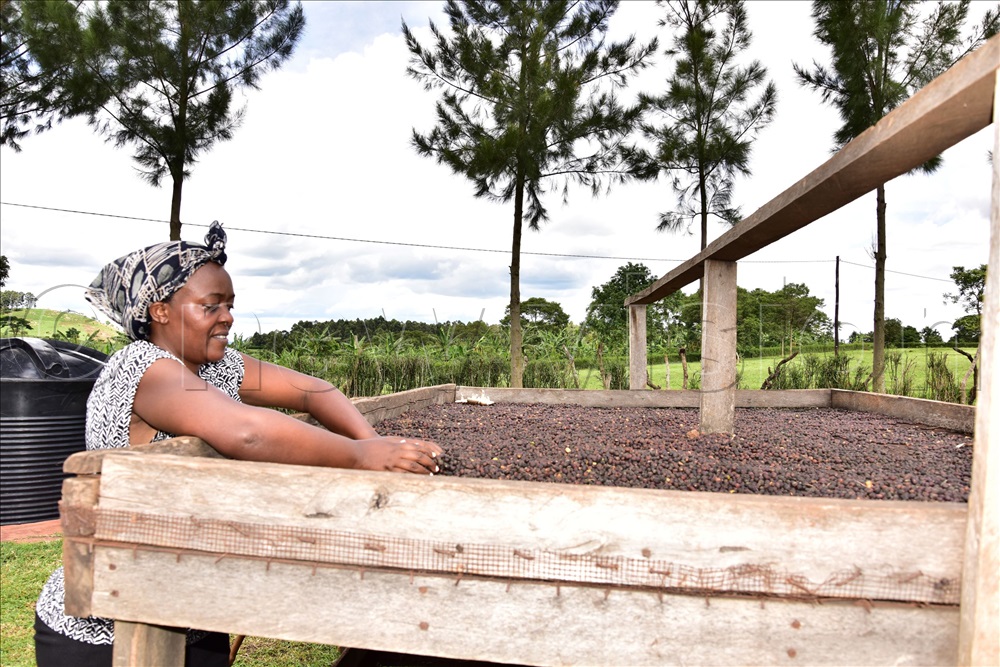By Umar Nsubuga
For many farmers, the work of cultivating crops seems to end with the harvest. However, agronomist Henry Sekyewa stresses that the post-harvest phase is just as important as the growing season.
“Harvesting is only half the job,” Sekyewa explains adding that how you handle your crops afterwards can make the difference between profit and loss.
Sekyewa shares key insights on why proper care after harvest is crucial for maintaining crop quality, ensuring market value, and boosting farmers’ overall success.
“Crops are living organisms, even after harvest,” Sekyewa explains.

“If you don’t handle them properly, they can lose their nutritional value, appearance, and overall quality.”
He offers several key reasons why post-harvest care is essential:
Preventing losses
Sekyewa points out that improper storage and handling can lead to spoilage, which is one of the leading causes of post-harvest losses.
“Farmers can lose up to 30% of their yield if they don’t store crops properly,” he notes.
He says simple steps like controlling temperature, humidity, and air circulation can make a big difference.
Maintaining market value
“When crops are harvested, they still need to be protected from factors like pests, moisture, and contamination,” Sekyewa says.
He stresses that post-harvest care ensures crops retain their appearance and freshness which directly impacts their market price.
“Good-looking produce sells faster and at higher prices.”
Extending shelf life
Proper post-harvest treatment, such as drying, curing, or refrigeration, helps to extend the shelf life of many crops.
“Farmers can store their harvest longer and sell it when market conditions are more favorable,” Sekyewa explains, giving farmers flexibility in timing their sales for better profits.
Ensuring food safety
“Poor post-harvest handling can introduce contaminants, leading to unsafe food,” Sekyewa warns.
He advises farmers to follow proper hygiene practices during storage and transportation to avoid spoilage and contamination that could harm consumers.
Adding value
Sekyewa also encourages farmers to explore value addition processes such as drying, milling, or packaging.
“Post-harvest care isn’t just about keeping the crop safe; it’s also an opportunity to add value and increase profitability.”
He notes that processed products tend to fetch higher prices and appeal to different markets.





